The phrase “No golf on a dead planet” resonates with an increasingly urgent call to prioritize environmental sustainability over recreational leisure. As we navigate the complexities of climate change, biodiversity loss, and ecological degradation, understanding this metaphor becomes crucial for golfers, environmentalists, and the general public alike. In this article, we’ll explore what this phrase signifies, the implications for our planet, and how we can support sustainable golfing practices.
The Meaning Behind the Phrase
When we think of “no golf on a dead planet,” we confront the stark reality that our planet may reach a state where sustaining life becomes impossible due to human negligence. Golf, often seen as a leisurely pastime, reflects broader societal priorities. Here, we delve into its implications:
- Environmental Impact: Golf courses often require vast amounts of land, water, and chemicals. Poorly managed courses can contribute to ecological damage, hence the phrase suggests we must take care of our environment to enjoy sports.
- Sustainability: The essence of this phrase is about sustainability. Our enjoyment of the game hinges on the health of our planet. Sustainable practices in golf can lead to a vibrant planet where recreational activities thrive.
- Awareness and Action: Advocating for sustainability in recreational sports encourages awareness of broader environmental issues. It challenges us to act, reminding us that enjoying golf today necessitates protecting our environment for tomorrow.
The Current State of Golf and Sustainability
Environmental Impact of Golf Courses
Golf courses, with their sprawling lawns and manicured greens, have a mixed reputation. On one hand, they provide recreational spaces; on the other, they have significant environmental footprints. Here’s a snapshot of the impact:
| Environmental Factor | Impact of Golf Courses |
|---|---|
| Water Usage | Golf courses consume 1-2 million gallons of water per day, elevating pressure on local water supplies. |
| Chemical Runoff | Pesticides and fertilizers can leach into nearby waterways, harming aquatic ecosystems. |
| Land Use | Large areas of land transformed for golf can disrupt local wildlife habitats. |
| Carbon Footprint | Maintenance of courses involves machinery that contributes to greenhouse gas emissions. |
 Golf Course Impacting the Environment
Golf Course Impacting the Environment
Incorporating Sustainability into Golf
Many golf organizations are beginning to adopt sustainable practices. This shift is vital for future-proofing the sport:
- Native Plant Landscaping: Using local plants reduces water and pesticide requirements.
- Water Conservation Techniques: Implementing smart irrigation systems can significantly lower water consumption.
- Renewable Energy Sources: Utilizing solar energy for course maintenance can drastically cut carbon footprints.
- Wildlife Conservation Efforts: Designing courses that protect and enhance local wildlife habitats.
These initiatives show that the sport can adapt, contributing positively to the environment instead of detracting from it.
 Sustainable Golf Course
Sustainable Golf Course
How Golfers Can Contribute to Environmental Sustainability
You don’t need to be a course manager to make a difference. Golfers can adopt sustainable habits that contribute to a healthier planet:
Sustainable Golfing Practices
- Choose Sustainable Courses: Play at courses that have adopted eco-friendly practices.
- Respect Nature: Avoid trampling on greens and roughs that house wildlife. Stay on designated paths to limit damage.
- Eco-Friendly Gear: Invest in golf equipment made from sustainable materials and contribute to companies that prioritize sustainability.
- Water Conservation: Carry a reusable water bottle and avoid purchasing single-use plastics on the course.
- Educate Yourself and Others: Share your sustainable practices and educate fellow golfers on environmental impact.
Consider Joining Advocacy Groups
Many organizations promote sustainable golfing practices. Joining such a group can amplify your voice and efforts. Some noteworthy entities include:
| Organization Name | Key Focus |
|---|---|
| The Audubon Cooperative Sanctuary Program | Enhances golf course habitat management and bird conservation efforts. |
| The Golf Environment Organization | Promotes sustainability in golf through resources and support. |
| Sustainable Green Golf | Provides certification for environmentally friendly golf courses. |
 Golfers for Sustainability
Golfers for Sustainability
The Bigger Picture: A Collective Responsibility
Sustainability extends beyond golf—it’s a collective responsibility. As participants in the global ecosystem, acknowledging that our activities impact the environment is crucial. Here are some broader strategies you can consider:
- Advocacy: Support policies for environmental protection and sustainability in your community.
- Reduce Footprint: Opt for public transportation, carpool to courses, and reduce your overall consumption of resources.
- Community Involvement: Participate in local clean-up initiatives and conservation projects.
It’s about creating a culture that values the planet’s health—a world where “golf on a green planet” replaces “no golf on a dead planet.”
Key Takeaways
- No golf on a dead planet symbolizes the need for environmental sustainability in all recreational activities.
- Thomas Friedman said, “You can’t be a good golfer if the course is dead.” This reinforces the importance of caring for our Earth, vital for the future of leisure and sport.
- Sustainable golfing can incorporate practices such as native landscaping and renewable energy use.
- Golfers can contribute by choosing eco-friendly courses, using sustainable gear, and educating peers on environmental impacts.
FAQ Section
1. What does “no golf on a dead planet” mean?
This phrase highlights the importance of environmental sustainability and the implications of neglecting our planet’s health, which ultimately affects recreational activities like golf.
2. How do golf courses impact the environment?
Golf courses can have negative impacts, such as high water usage, chemical runoff, and disruption of local ecosystems.
3. Are there sustainable golf courses?
Yes, many golf courses now implement eco-friendly practices, such as native plant landscaping and water-saving irrigation systems.
4. What can golfers do to promote sustainability?
Golfers can choose eco-friendly courses, use sustainable equipment, respect nature on the course, and participate in advocacy or community efforts.
5. Is there a certification for sustainable golf courses?
Yes, there are organizations that provide certification for environmentally friendly golf courses, such as the Golf Environment Organization.
6. How does water conservation work on golf courses?
Golf courses can employ smart irrigation systems and drought-resistant landscaping to minimize water use.
7. Can I join organizations focused on sustainable golfing?
Absolutely! Many organizations support and promote sustainable golfing. Getting involved can amplify your sustainability efforts.
8. Why are native plants important for golf courses?
Native plants require less water and maintenance, reduce pesticide needs, and support local wildlife, making courses more sustainable.
9. What are some eco-friendly golf products?
Eco-friendly golf products include biodegradable tees, sustainable golf balls, and equipment made from recycled materials.
10. How does climate change affect golf?
Climate change can result in increased weather variability, affecting course playability and requiring adjustments to management practices for sustainability.
In conclusion, understanding the meaning behind “no golf on a dead planet” calls for crucial actions and changes. By embracing sustainable principles within the sport, we can ensure that future generations not only enjoy the game of golf but do so on a thriving, vibrant planet. Acting today is essential; after all, the health of the planet and the enjoyment of our favorite pastimes are linked. Let’s advocate for sustainability—so we can continue to swing on lush greens, not barren landscapes.
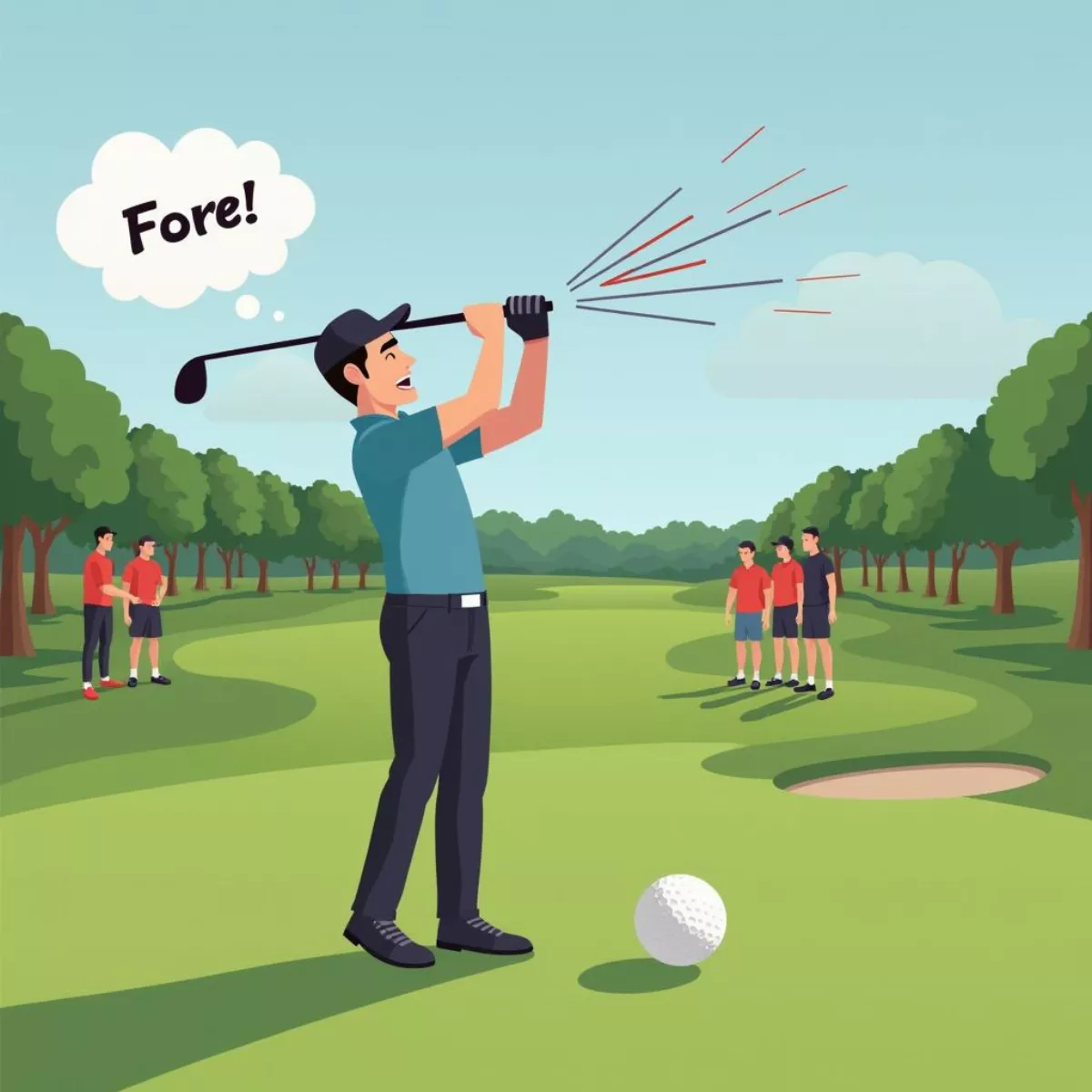
 Golfer Giving Warning
Golfer Giving Warning Golf Ball Near Player
Golf Ball Near Player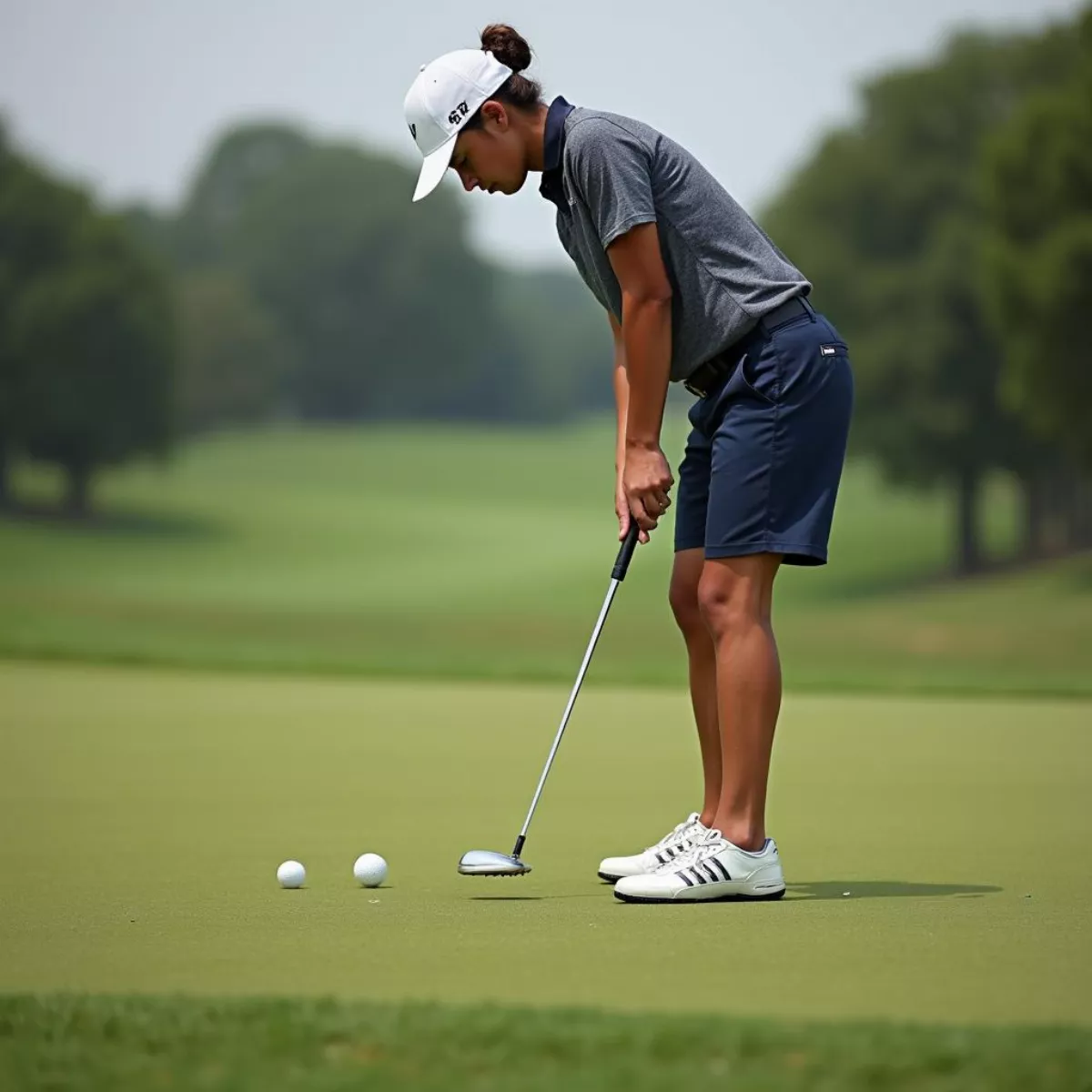
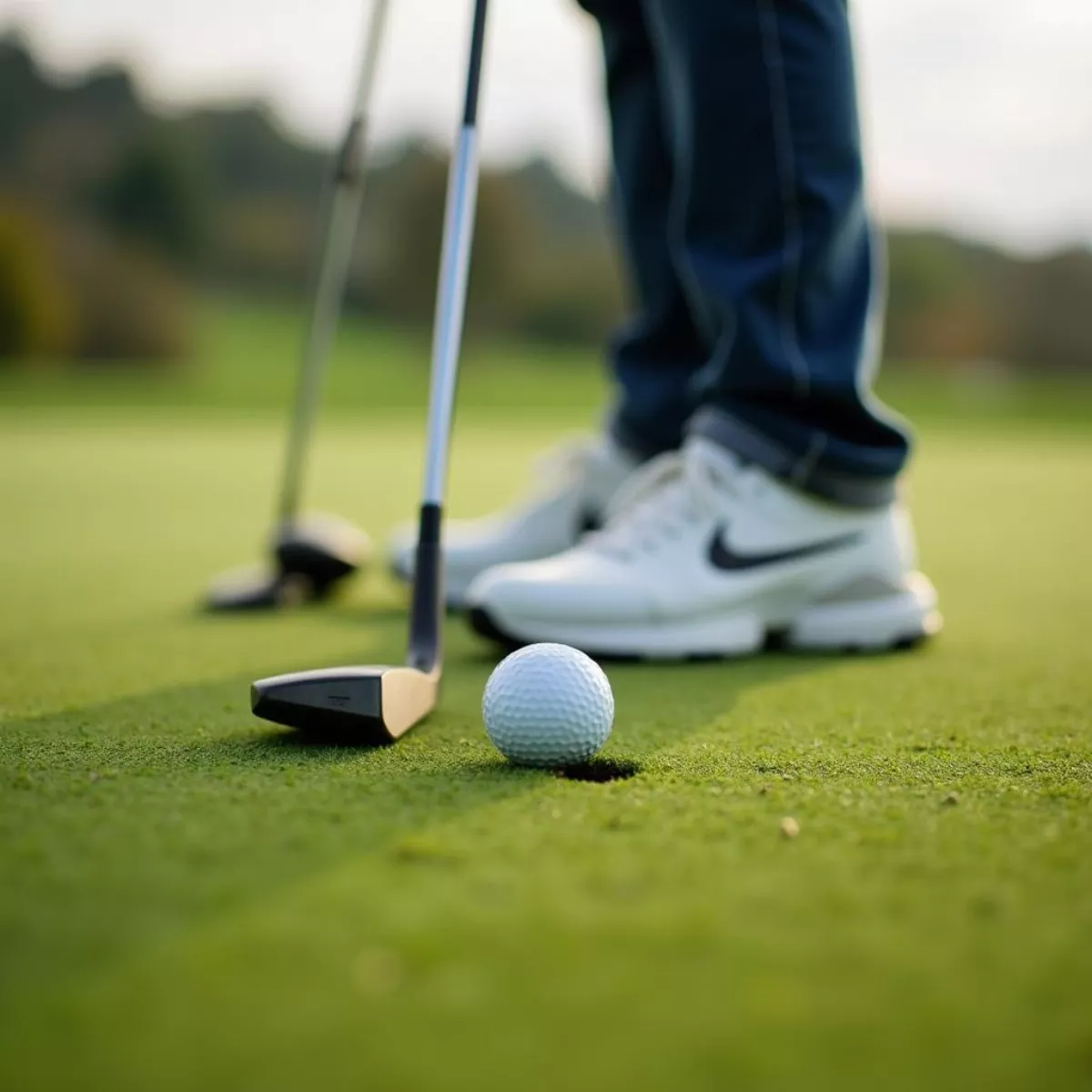 Golfer putting on green
Golfer putting on green Golf course with flag and sand trap
Golf course with flag and sand trap
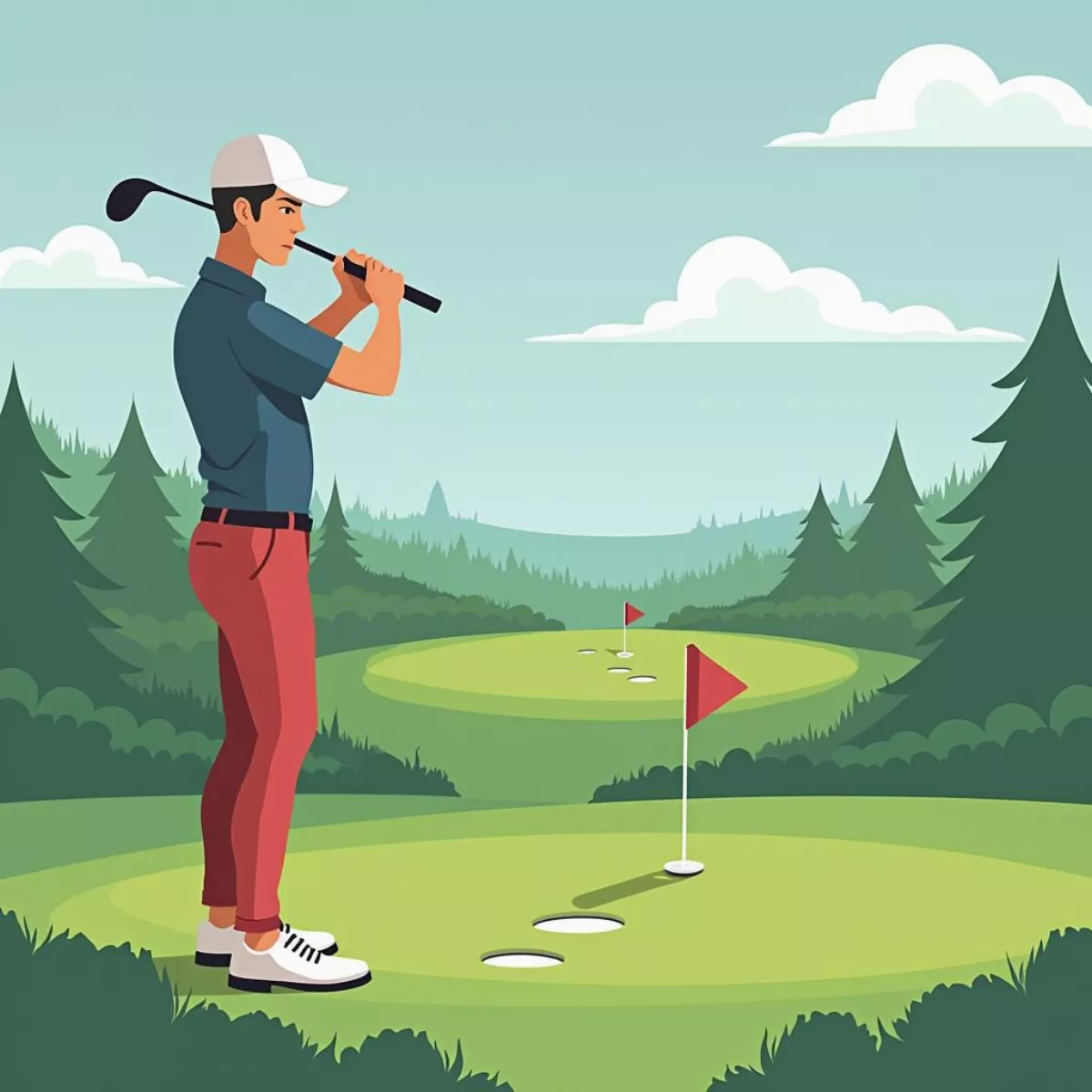 Golfer Preparing for a Shot
Golfer Preparing for a Shot  Golfer Practicing Putting
Golfer Practicing Putting Group of Golfers on Driving Range
Group of Golfers on Driving Range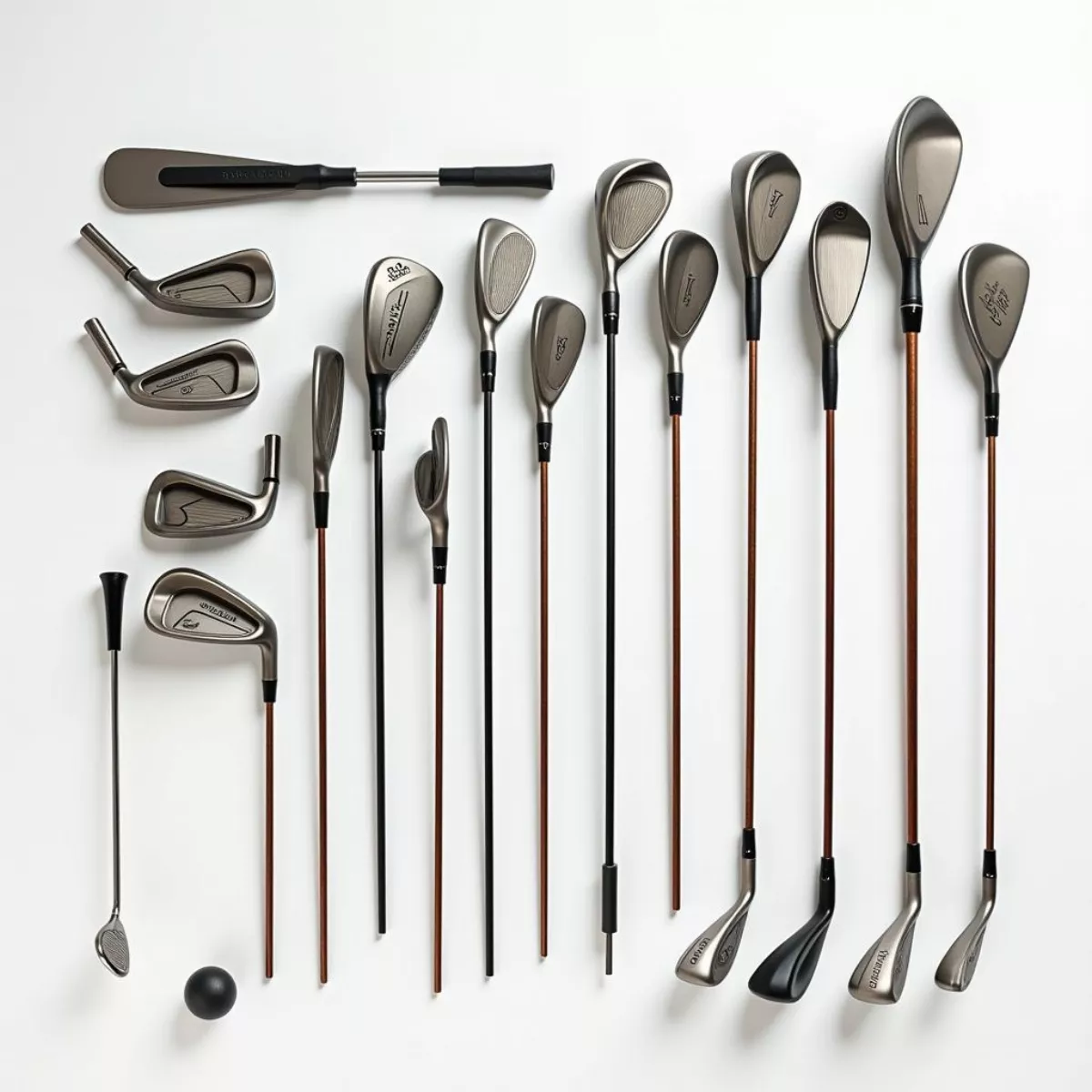
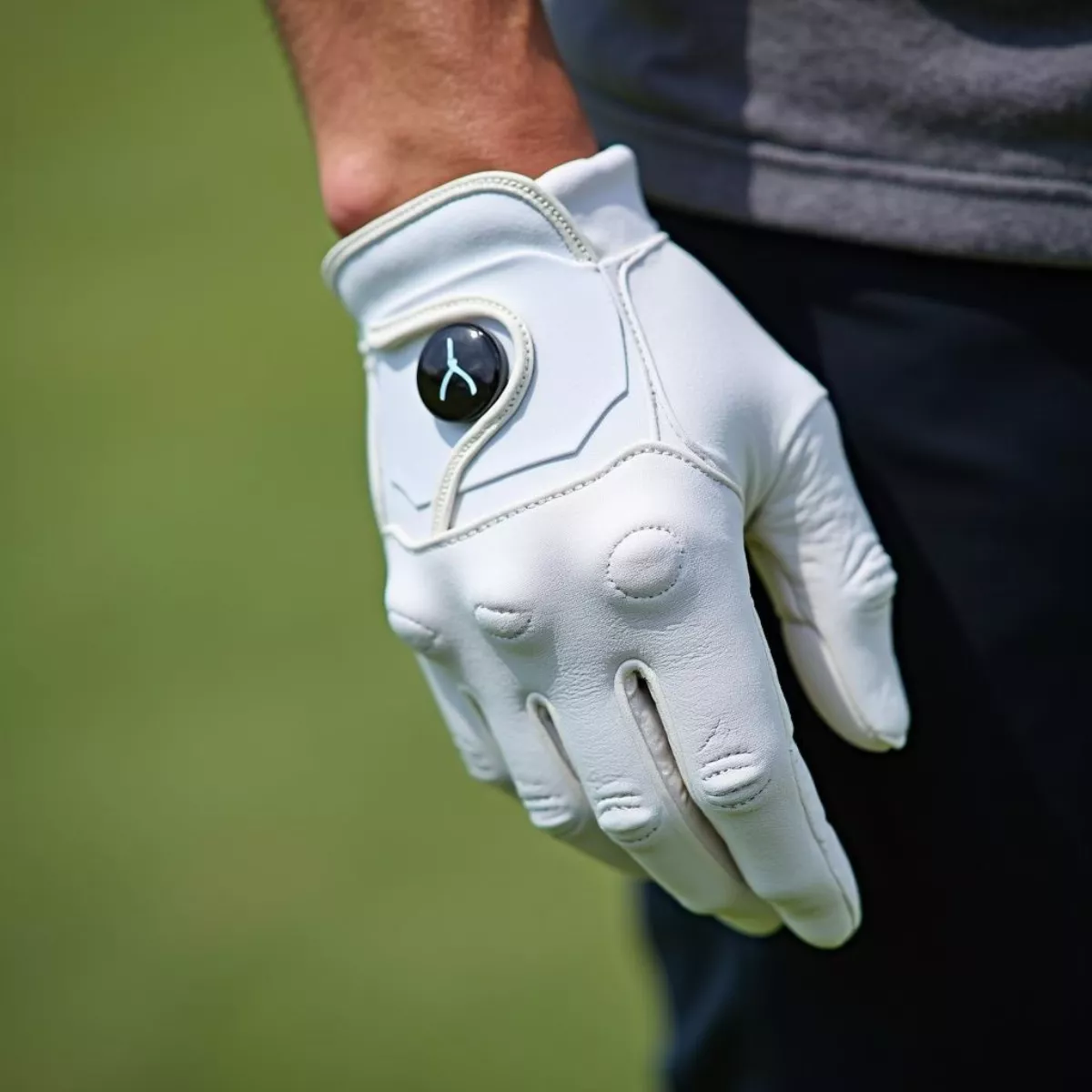 Golfer's hand wearing a golf glove
Golfer's hand wearing a golf glove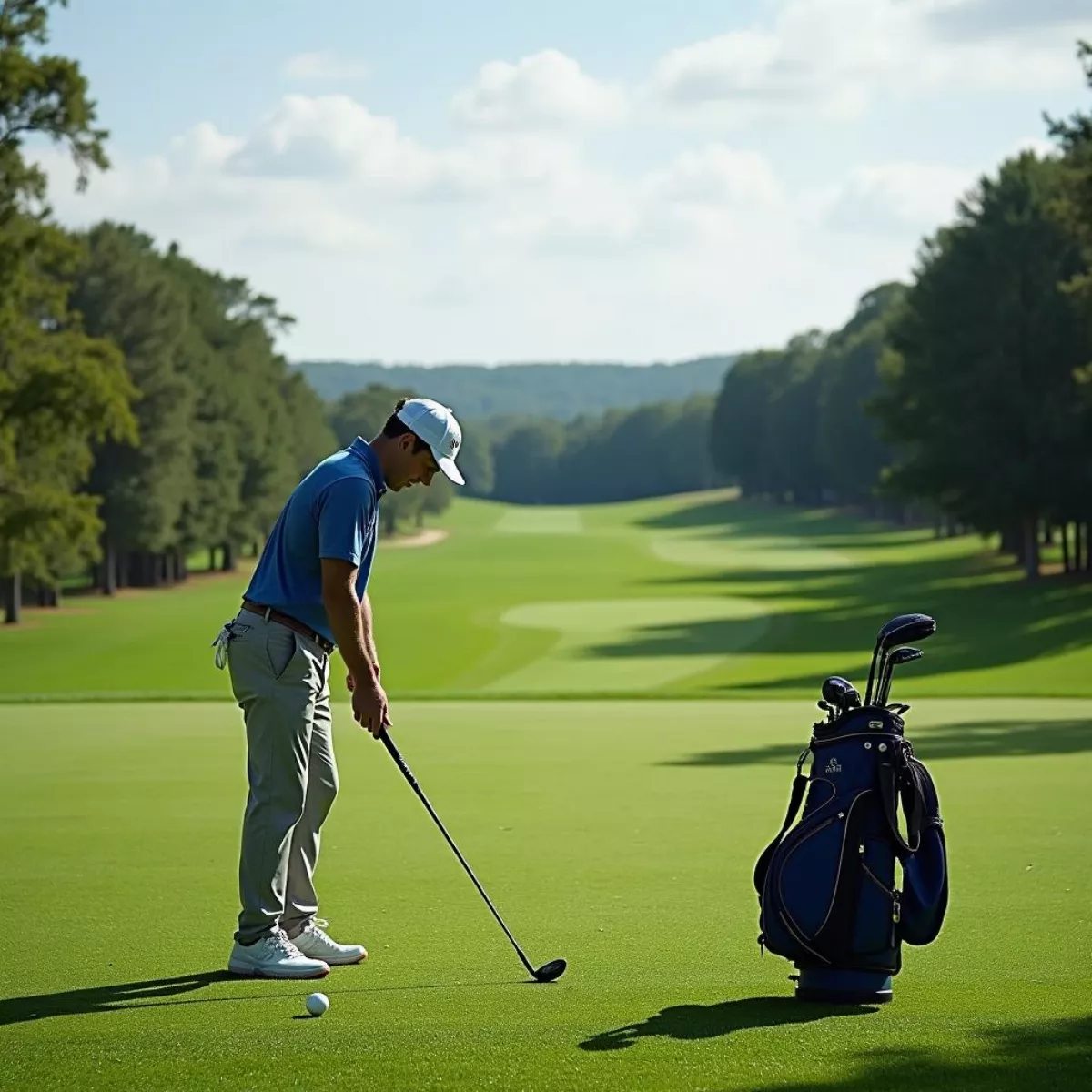 Golfer on the course preparing to take a shot
Golfer on the course preparing to take a shot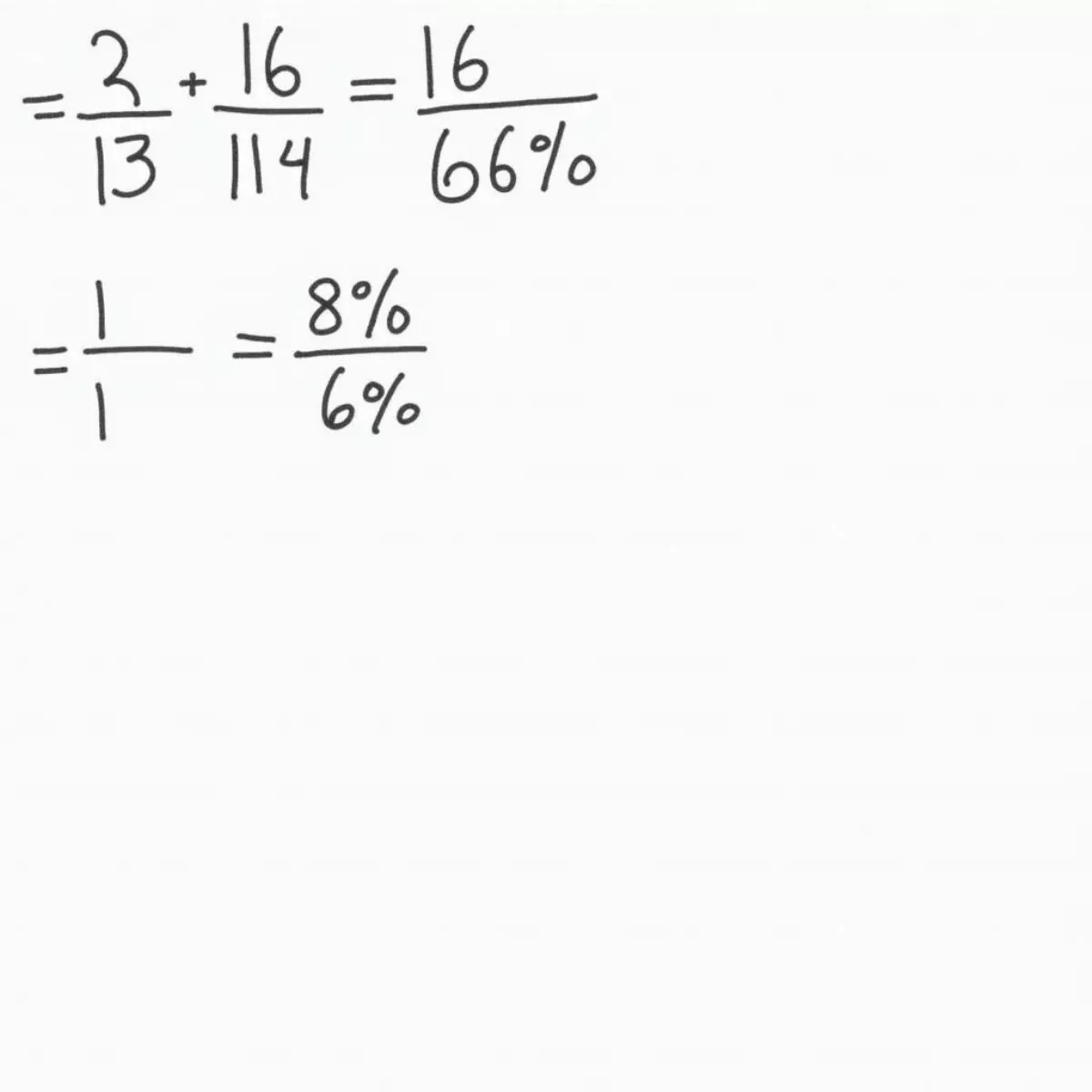
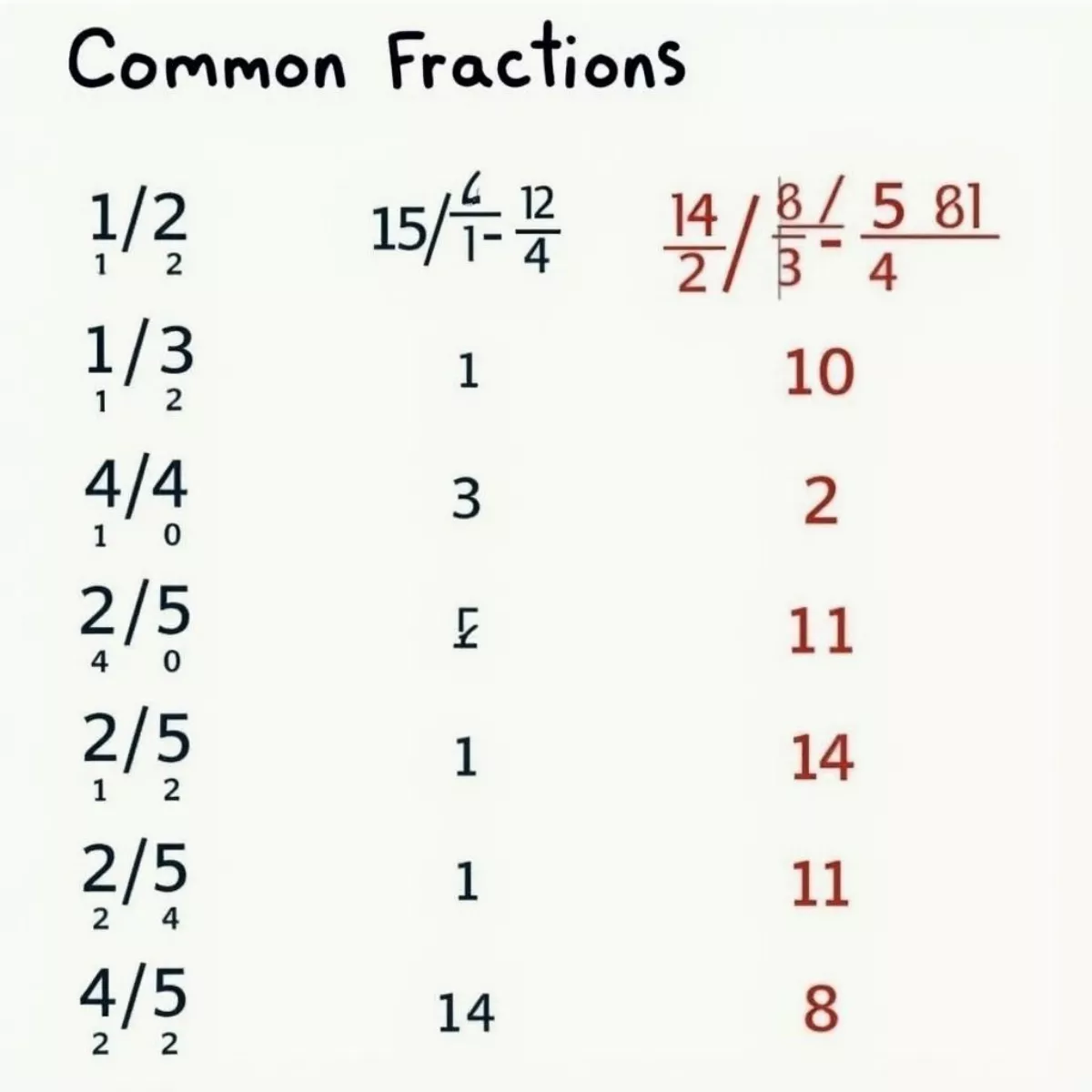 Table of common fraction and percentage equivalents
Table of common fraction and percentage equivalents Screenshot of an online fraction to percentage calculator
Screenshot of an online fraction to percentage calculator
 Jose Altuve Hitting Home Run
Jose Altuve Hitting Home Run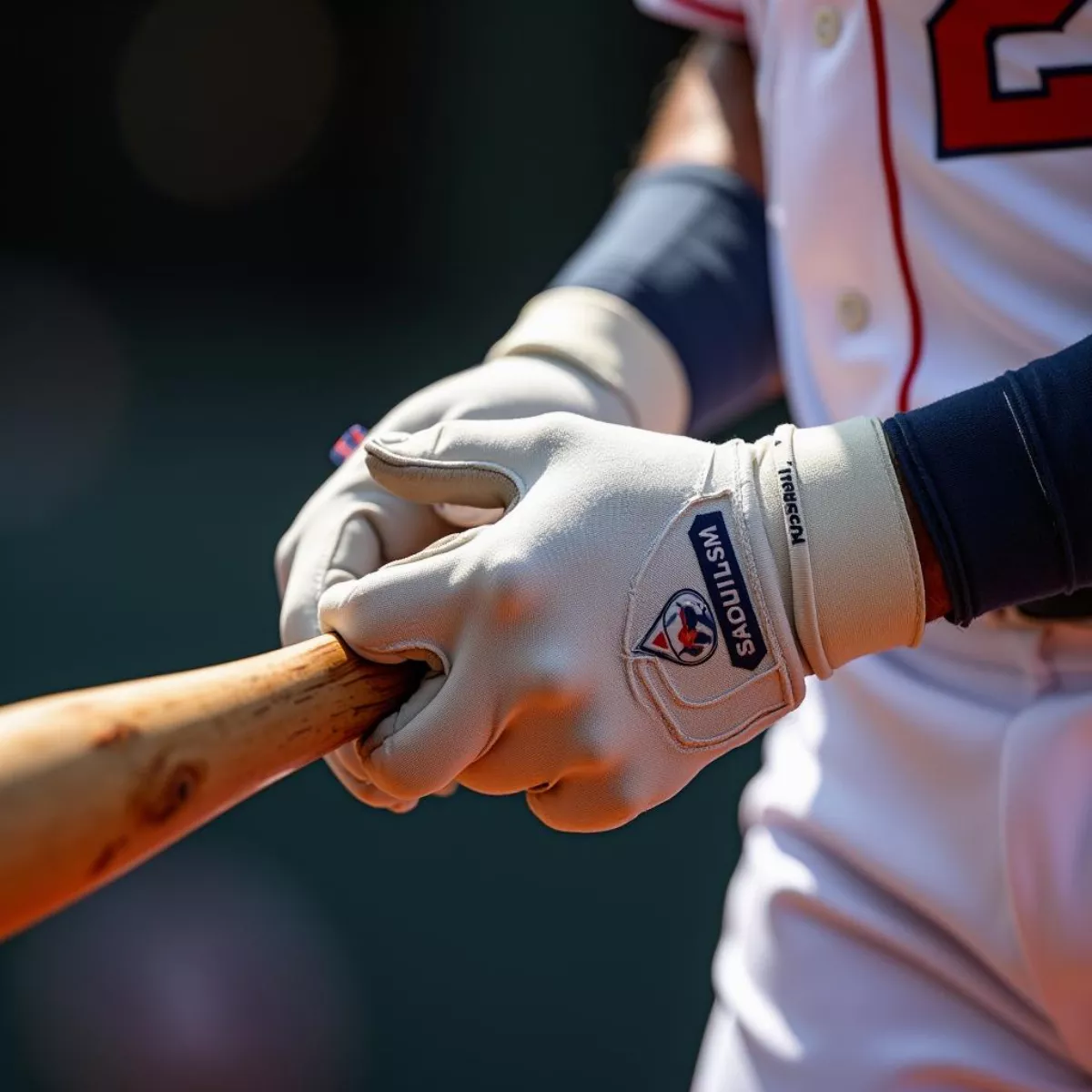 Jose Altuve Holding Bat
Jose Altuve Holding Bat
 Tiger Color Variants
Tiger Color Variants Bengal and Siberian Tiger Comparison
Bengal and Siberian Tiger Comparison Tiger Conservation Importance
Tiger Conservation Importance
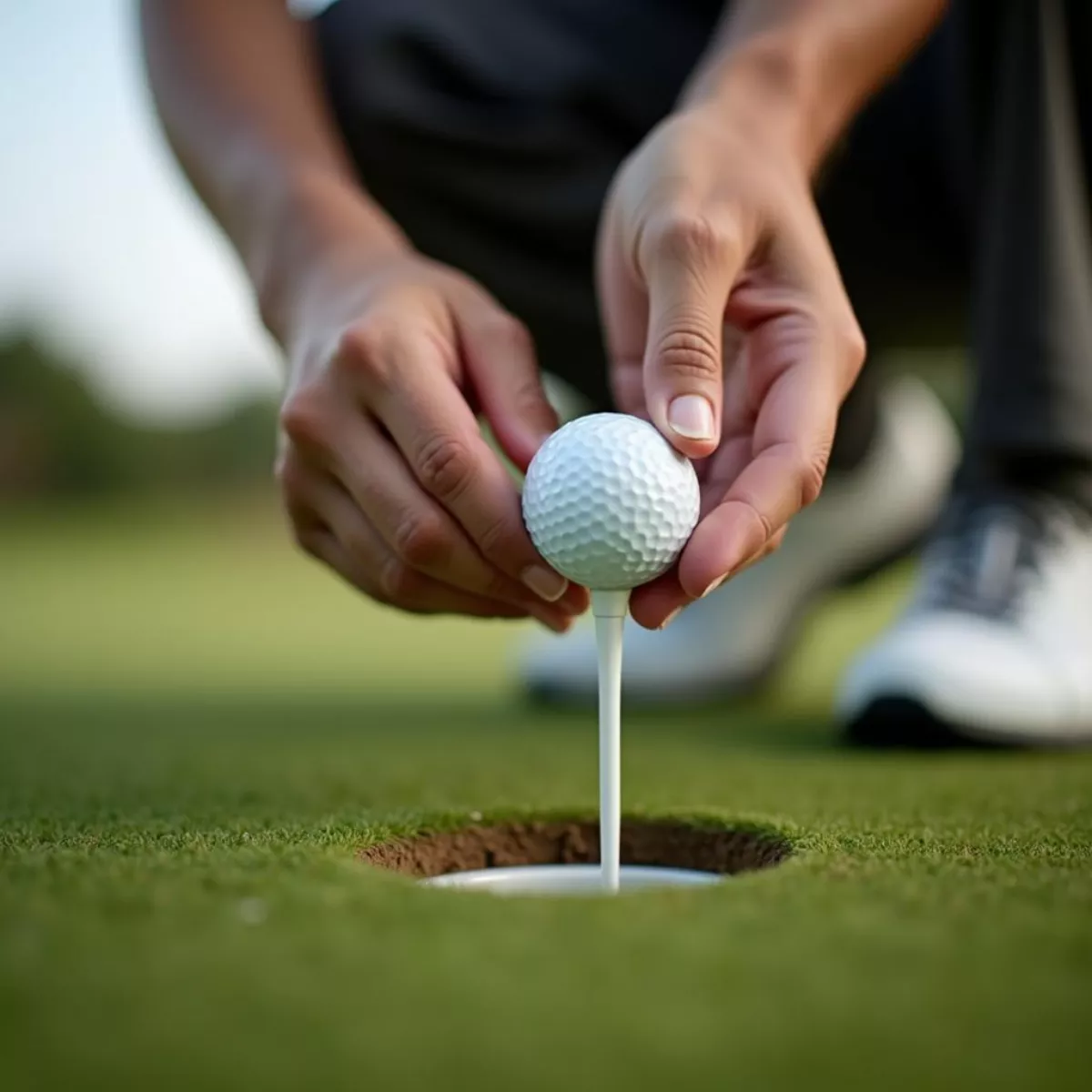 Golfer preparing to tee off
Golfer preparing to tee off Golfer celebrating a successful shot
Golfer celebrating a successful shot
 Verizon Fios remote with Peacock app open
Verizon Fios remote with Peacock app open Family watching Peacock on smart TV
Family watching Peacock on smart TV